The Albert Park Grand Prix Circuit: A Detailed 2024 Lap on Foot
The start of the Formula 1 season is always eagerly anticipated by fans like Yours Truly, not least because the first few races include the Australian Grand Prix. It has been held at Melbourne’s Albert Park since 1996 and it was the opening round for all but two of the first 24 years. In the 2024 F1 season, the race is Round 3, to be held on 24 March.

Melbourne is arguably Australia‘s sports capital: besides Formula 1, it also hosts the AFL Grand Final, the Australian Open and this year’s Cricket World Cup. The sporting spirit was infectious; it’s most likely why I was drawn into running around the Albert Park circuit in the St Kilda district, among the many things to do in Melbourne on my list.
Work was still taking place on the pit straight but the track was still accessible. After all, like the Monte Carlo and Marina Bay circuits, Albert Park is a street circuit. There is a lot more natural turf in the verges and run-off areas here than in those cities, though.
Don’t forget to check out a lap of the Marina Bay circuit in Singapore too.
A Lap of the Albert Park circuit, Melbourne
Sector 1
Aside from the trucks and a few cyclists on the start-finish straight, this part of the track was rather quiet. The road markings had been painted back quickly and they indicated the area usually serves as some kind of car park. I wasn’t used to looking at it without the barriers, the colourful sponsor signs and the team and country flags.
The straight is short and so is the run to the first turn when the starting lights go out. That can end in chaos sometimes, like in the 2002 Grand Prix (or the restart of the 2023 race).
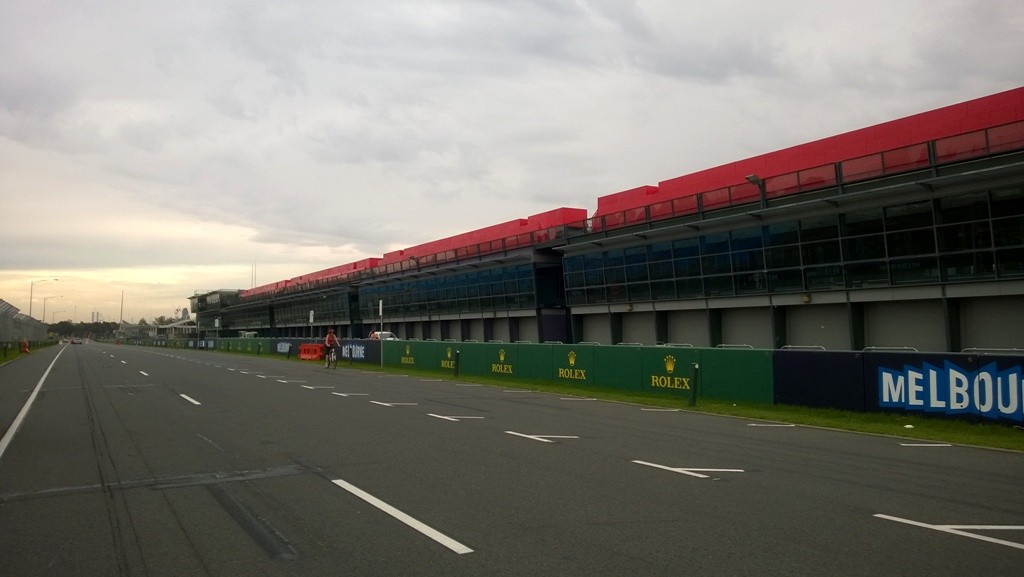
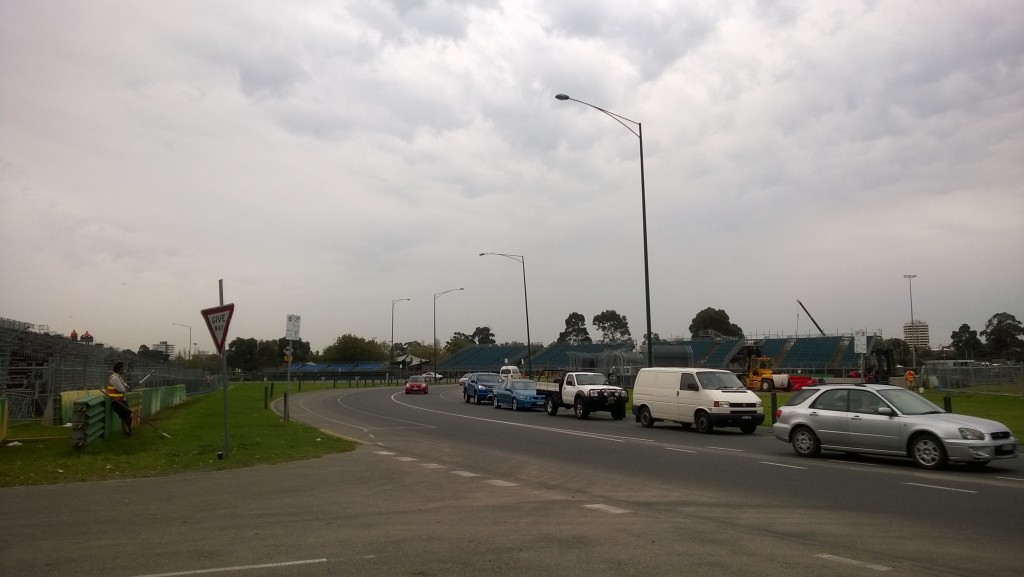
When the roads are returned to public use after the race, the debris fences are replaced by wooden stakes, probably by someone who didn’t care to make them straight. They look way scarier and if I were driving I wouldn’t want to be impaled by one of them.
The track circumnavigates the edge of a man-made lake. There’s a good view of the city from the edge of the water near Turn 2. It doesn’t look quite as impressive from here though – Eureka Tower can be seen but the other skyscrapers are anonymous. The things closer to the ground like Flinders Street station and the trams are the things that make Melbourne distinctive.
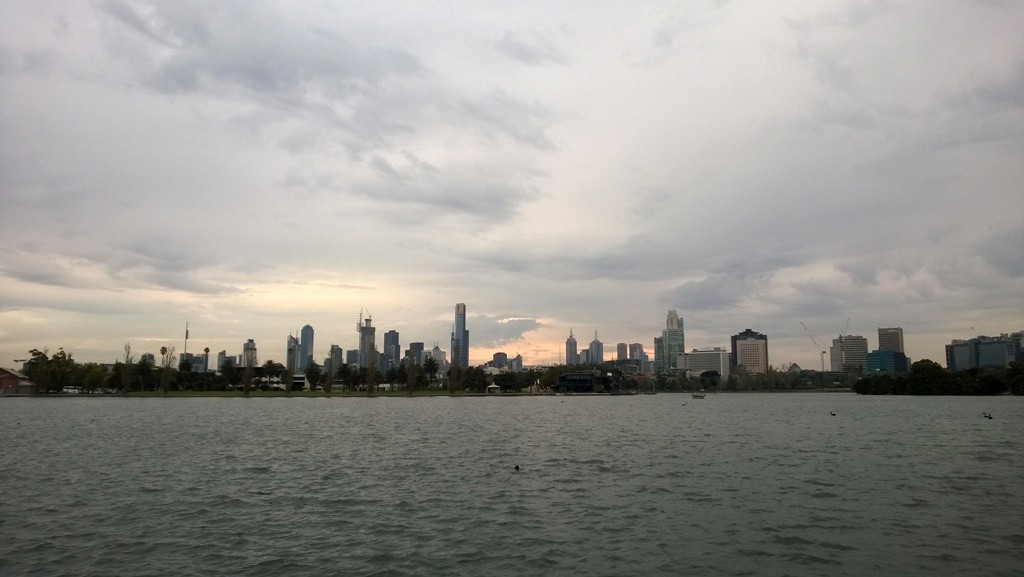
Back to the racing. The exit of Turn 2 is important as it leads to the best overtaking spot on the track. On an autumn’s afternoon in March or April, when the race usually takes place, the shadows of the trees make it difficult to spot the braking point for the sharp Turn 3 right-hander. Several drivers have overcooked it by running wide, spinning off or colliding with one another (see Vettel and Kubica’s crash from 2009).

Sector 2
Turn 6 marks the start of the second sector of the lap. It’s now a long sweeping back straight, but before 2020, it was punctuated by a chicane. Being closer to the water and lined with palms, it’s more scenic too. Traffic was also a lot heavier and I had to be careful when I crossed the road for photographs.
The former chicane, which served as Turns 9 and 10, was built as a detour from the road and they were the only places I could stand safely. The first of these was a right-left which opened up. It broke up the flow of the track but the television cameras often showed the cars racing with the Melbourne CBD skyline in the background. Since 2022, though, the track simply follows the road and Turns 9 and 10 are kinks that are taken flat out.
The weather during the Australian Grand Prix can vary wildly from one season to the next, and so does the grip that the track provides. One year it can be a scorcher in which the tyres only last 10 laps (2009 and 2014), and the next year it can be cold and wet (2010). It’s not the best race to deduce the pecking order at the start of the season and it can throw up a few surprises.
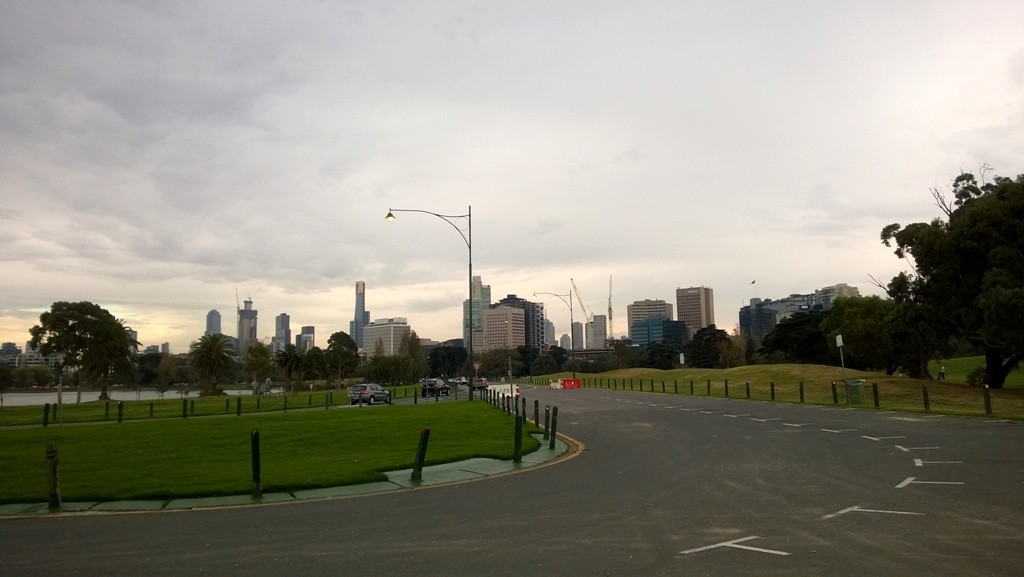
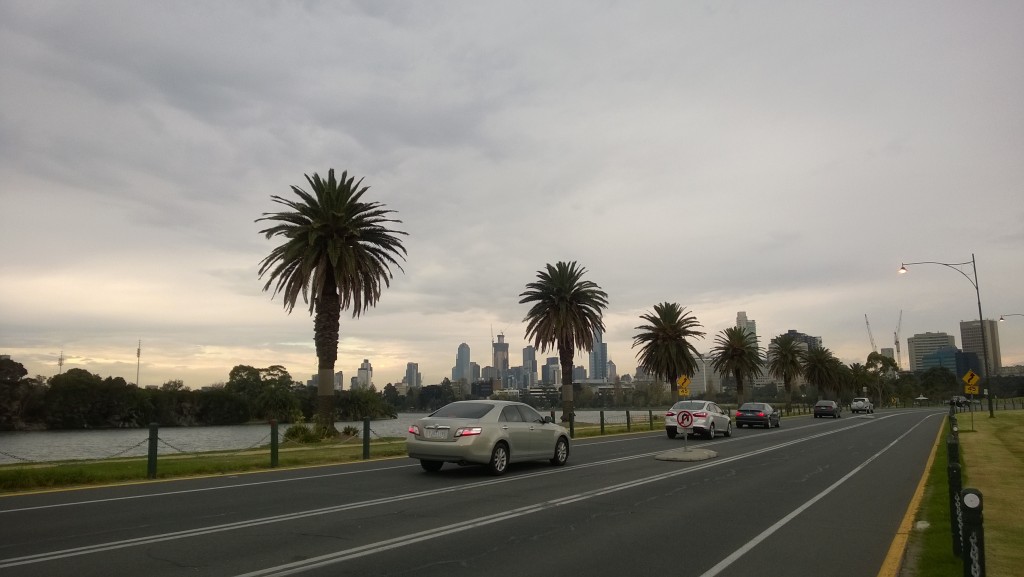
Sector 3
Following the removal of the former Turn 9 chicane, the cars now hit 300 km/h as they enter the final sector. The Turn 11/12 chicane is a fast left followed by a tighter right-hand turn, and the high-speed change of direction subjects the drivers’ bodies to more than 6Gs of sideways acceleration. It is easy to run wide but the exit speed is important because it leads to another overtaking opportunity at the end of the short straight.
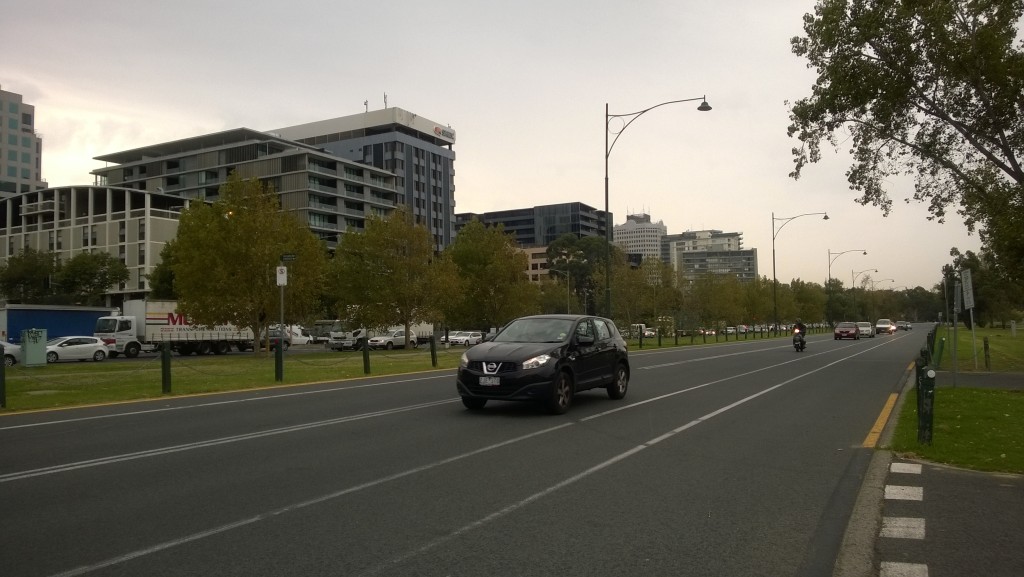
The track splits from the main road at Turn 13 and heads back into the park. This sharp right, reprofiled in 2021, is followed by a sweeping right. There’s not time to breath as the drivers have to brake hard for a hairpin left. The ideal racing line moves across the track several times and traction from the tyres is at a premium, especially for the final right-hand turn.
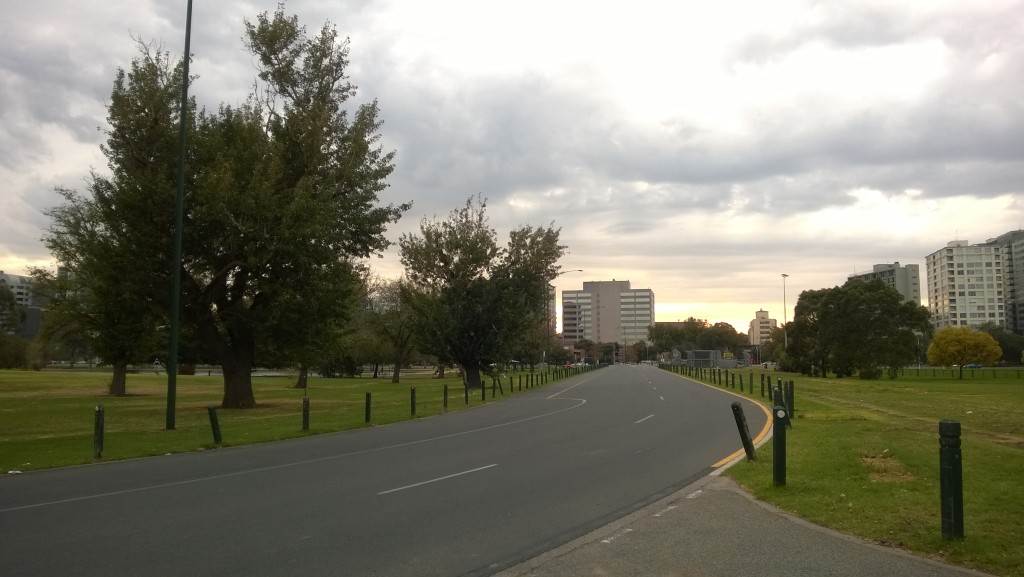
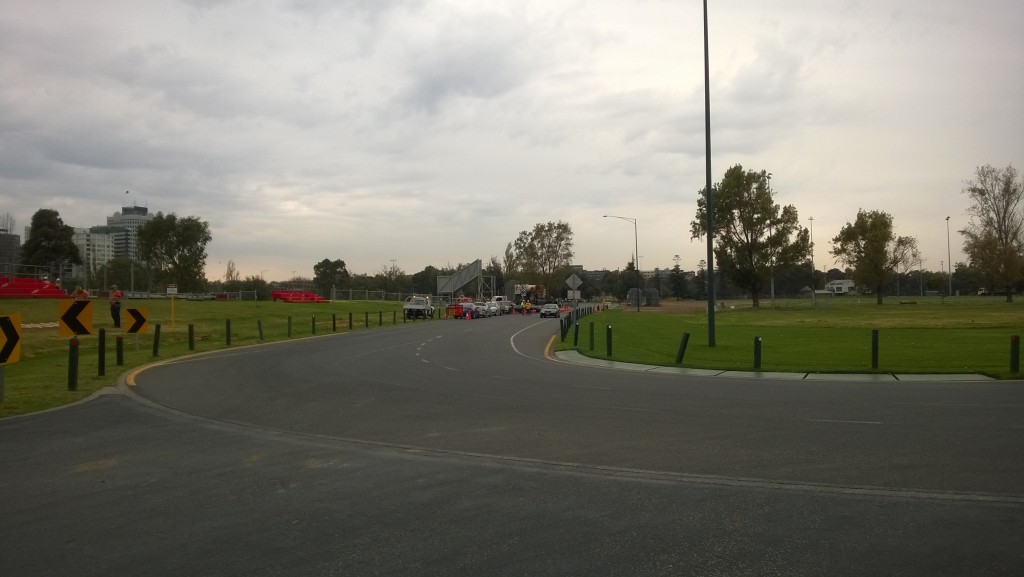
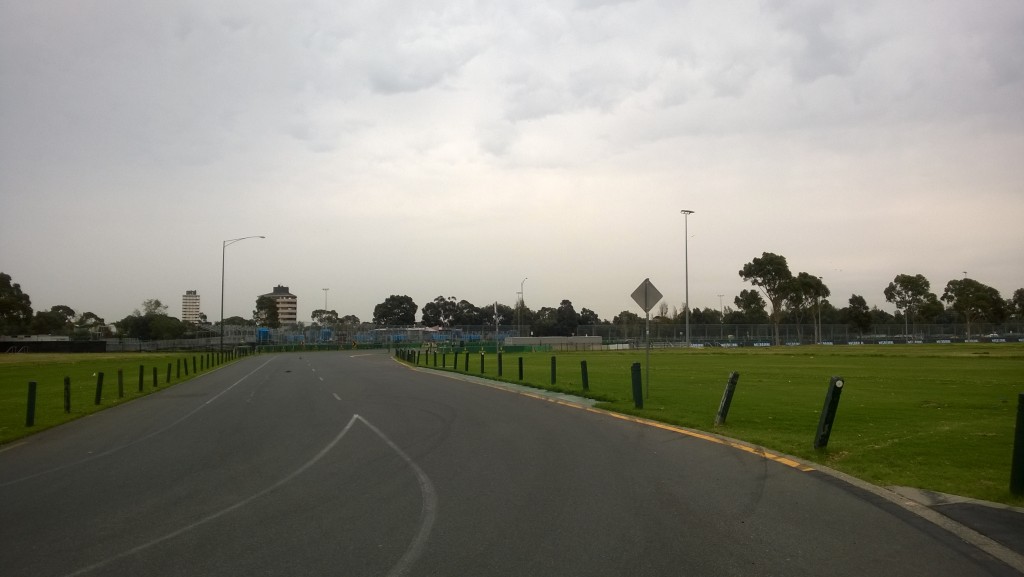
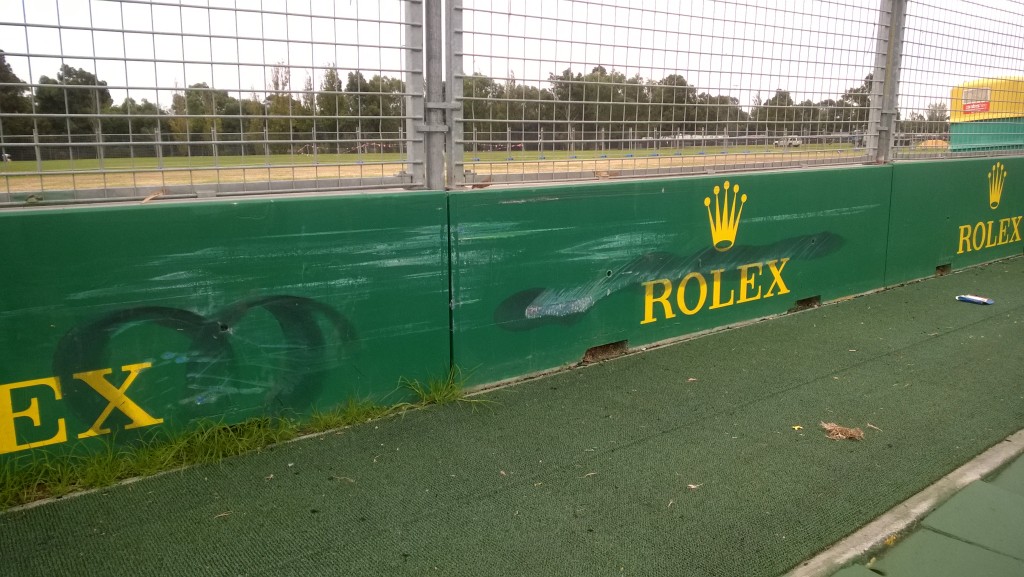
From there, it’s full throttle onto the pit straight to complete a lap of the Albert Park circuit. Somebody had a close shave with the wall as he tried a little too much speed through the last corner, as the tyre marks on the barriers attest to. Mexico’s Sergio Perez hustled his Red Bull car around the track in the 2023 race in 1 minute and 20.1 seconds–I was 20 times slower than that, photo stops notwithstanding.
If you’re heading to the 2024 race, well done on scoring those tickets and enjoy yourself. Let’s hope it’s a good one.
Last updated:
16/02/2015 @ 9:14 PM
That’s a great way to explore this place!! Definitely on my bucket list!
29/12/2020 @ 8:07 PM
Hi!
Never thought racing can be quite interesting. The way you put it is great. Thanks for the article.